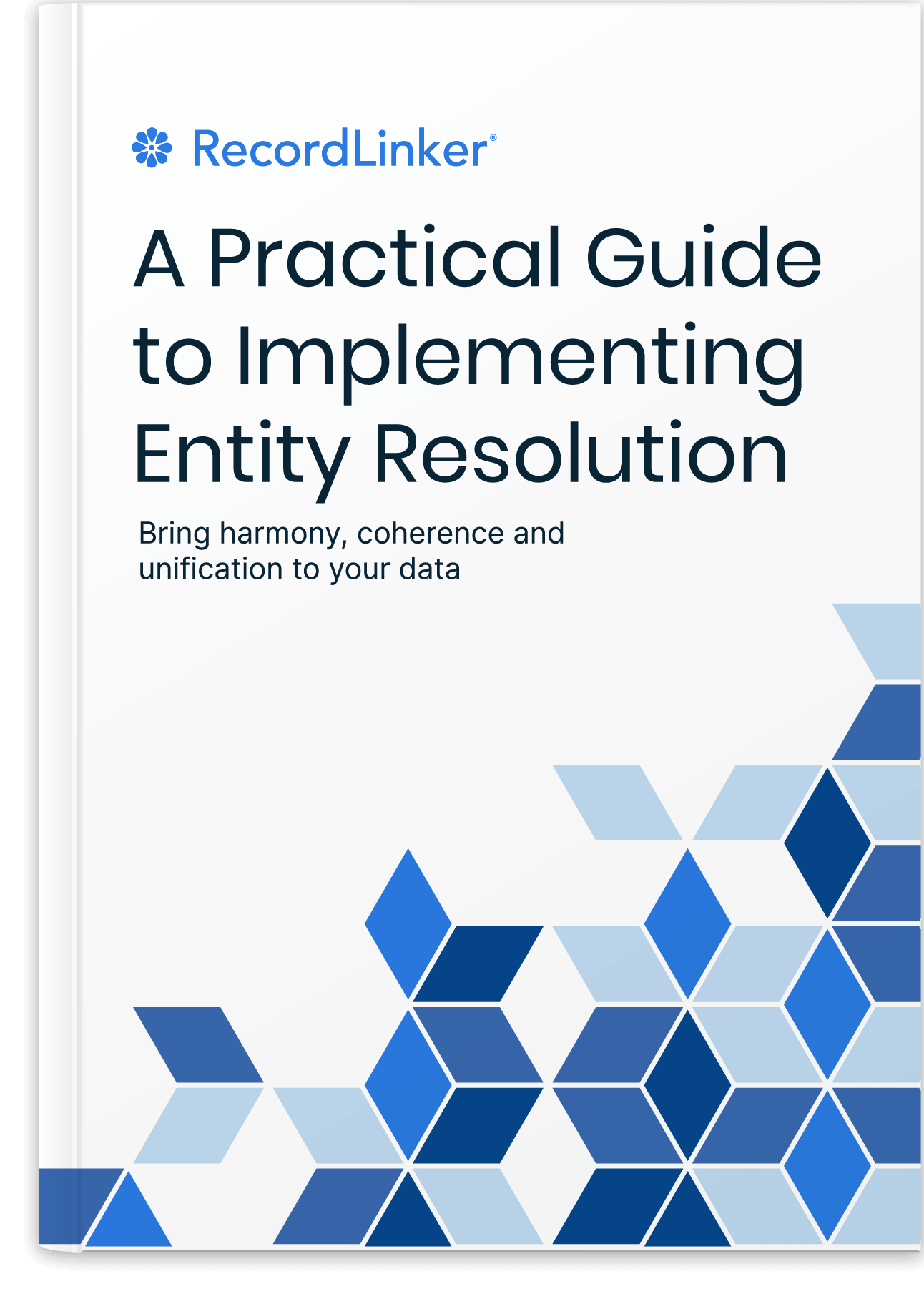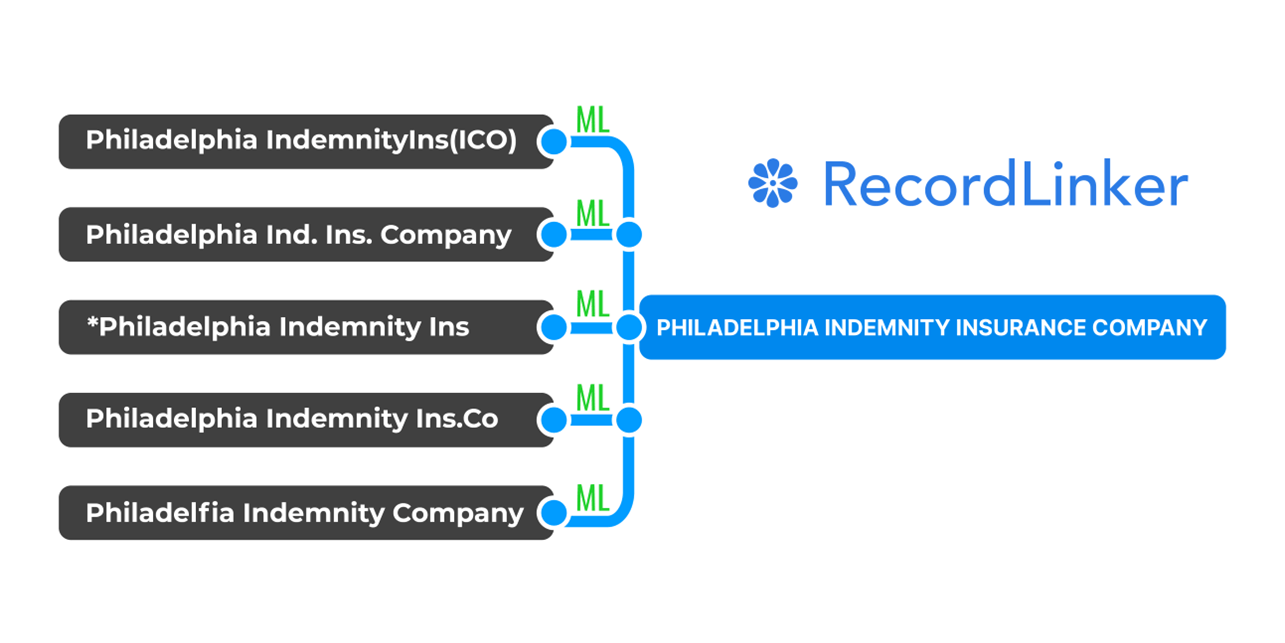Optimizing Your Erp’s Master Data For Better Performance
Optimizing Your ERP’s Master Data For Better Performance is essential for any organization that wants to stay competitive in today’s fast-paced business environment. This process involves cleansing, standardizing, and enriching your master data to ensure that it is accurate and reliable. By doing so, you can improve your ERP system’s performance, save time and money over the long term, and make better decisions. This blurb provides tips on how to optimize your ERP’s master data, including assessing your data, cleansing your data, investing in data quality software, enriching your data, and implementing data governance best practices. With a structured approach to master data management, you can ensure that your ERP system has the high-quality data it needs to run efficiently and effectively.

Supporting growth and increasing efficiency are two of the most common reasons companies choose to implement an ERP system. But if not properly maintained, an ERP can start to feel more frustrating than empowering.
The data that flows into and out of your ERP system is the lifeblood of your organization. Keeping that core data clean, accurate, and up-to-date is essential if your business is to run smoothly.
Unfortunately, over time, data can become stale, inaccurate, and even corrupt. This can lead to a number of problems, including inefficiencies, errors, and wasted time and resources. One way to combat these issues is to regularly optimize your ERP’s master data.
Master data optimization is the process of cleansing, standardizing, and enriching your master data to ensure that it is accurate and reliable. This is not a quick fix approach; you will need to invest time and resources into planning and carrying out an optimization strategy that not only corrects errors already in the system, but prevents the same issues from derailing your ERP in the future.
The benefits are clear: by optimizing your master data, you can improve your ERP system’s performance, save time and money over the long term, and make better decisions.
What Is Master Data?
Master data is the core data that powers your business process and informs high-level decisions. Exactly what constitutes master data varies from business to business, but it typically includes things like customer information, product data, supplier data, and employee data.
This data impacts nearly every aspect of your business, so it’s essential that it be as accurate and up-to-date as possible.
How to Optimize Your ERP’s Master Data
There are a number of ways to optimize your ERP’s master data. Here are a few tips to get you started.
Assess your data
You know something is wrong with your data, but you’re not sure exactly what, or how bad the problem is. The first step is to assess your data to get a better understanding of the issues.
To do this effectively, you will need to develop a data quality framework. This framework will help you identify and track different types of data quality issues. For instance, you might track accuracy, completeness, timeliness, and consistency.
Once you have a framework in place, you can start to measure the quality of your data. This will give you a baseline to work from and help you track your progress over time.
Cleanse your data
Over time, data gets dirty. It becomes inaccurate, incomplete, and duplicated. Customers and suppliers change addresses, product details evolve, and employees come and go.
But because master data is handled by multiple departments, it’s also prone to inconsistencies. Consider what happens when multiple teams are responsible for different parts of the customer record. One team might use “Acme Widgets” while another team refers to the same company as “Acme, Inc.” If you don’t regularly cleanse your data, those problems will compound and have a serious impact on your ERP system’s performance.
Free Book: Practical Guide to Implementing Entity Resolution
Interested in implementing an in-house record matching solution with your own development team without using any outside vendors or tools?

There are a number of ways to cleanse your data, including deleting duplicate records, merging similar records, removing invalid data, and updating outdated information.
How frequently you need to cleanse your data will depend on how often your data changes. If you have a dynamic business with frequent data changes, you may need to do it weekly or even daily. If your data doesn’t change very often, you can probably get away with doing it monthly or quarterly.

Invest in data quality software
Data cleansing, like other aspects of master data optimization, is time-consuming and error-prone when done manually. The best way to ensure accurate and up-to-date data is to invest in data quality software. This type of software can help you with everything from assessing the quality of your data to identifying and correcting errors.
Some data quality software solutions also come with features that can help you prevent errors from happening in the first place. For example, they might include data cleansing capabilities that can help you remove duplicate data or fill in missing information as records are entered.
Investing in this type of software is a worthwhile investment for any business that relies on an ERP system. Not only will it help you improve your ERP’s performance, but it will also save you time and money in the long run.
Enrich your data
After you’ve cleansed your data, the next step is to flesh it out. Data enrichment means adding additional information to your data to make it more complete and accurate. For example, if you have a customer’s name and address, you can enrich that data by adding the customer’s contact information, purchase history, and other relevant data.
There are a number of ways to enrich your data, including:
- Buying data from third-party providers
- Conducting customer surveys
- Drawing on public records
- Mining social media data
Data quality software can also help you enrich your data by automatically filling in missing information and identifying inaccuracies.
Implement data governance best practices
Even with top-of-the-line software at your fingertips, you can’t achieve and maintain high-quality data without a strong data governance program. Data governance is the process of establishing and enforcing policies and procedures for managing data over the long term. It includes everything from setting standards for data entry to establishing processes for auditing data.
An effective data governance framework should focus on ensuring the quality, security, and accessibility of data. Some best practices include:
- Establishing clear roles and responsibilities for data management
- Creating policies and procedures for managing data
- Setting up quality control processes
- Regularly auditing your data
Many organizations create a data governance team to oversee these activities. This team is responsible for ensuring that data governance best practices are being followed and that data quality issues are being addressed. The team members may include representatives from different departments that handle the data, such as IT, finance, and marketing.

Set Your ERP Up for Success
Your ERP system’s performance is only as good as the data that’s fed into it. If that data is inaccurate, incomplete, or duplicated, your ERP system will have a hard time running smoothly. In fact, poor data can cause a number of problems, including inaccurate reporting, inefficient processes, missed opportunities, and poor decision-making.
By taking a structured approach to master data management, you can ensure that your ERP system has the high-quality data it needs to run efficiently and effectively.

Interested in improving the quality of your data, but don’t have the time or resources to create a master data management program from the ground-up?
RecordLinker is here to help. Our data integration and management platform can quickly connect your disparate data sources, identify and deduplicate records, and keep your data clean and up-to-date.


